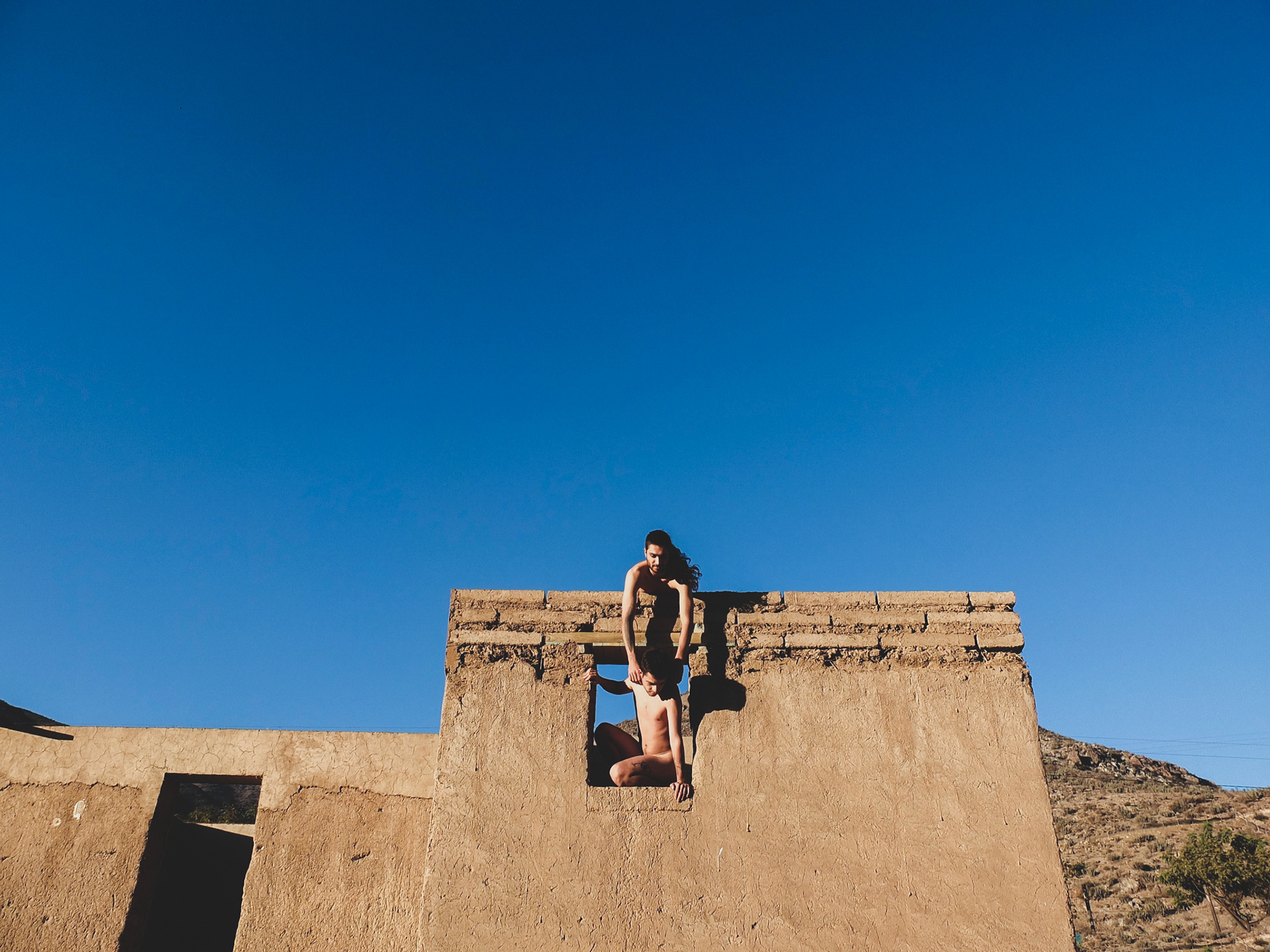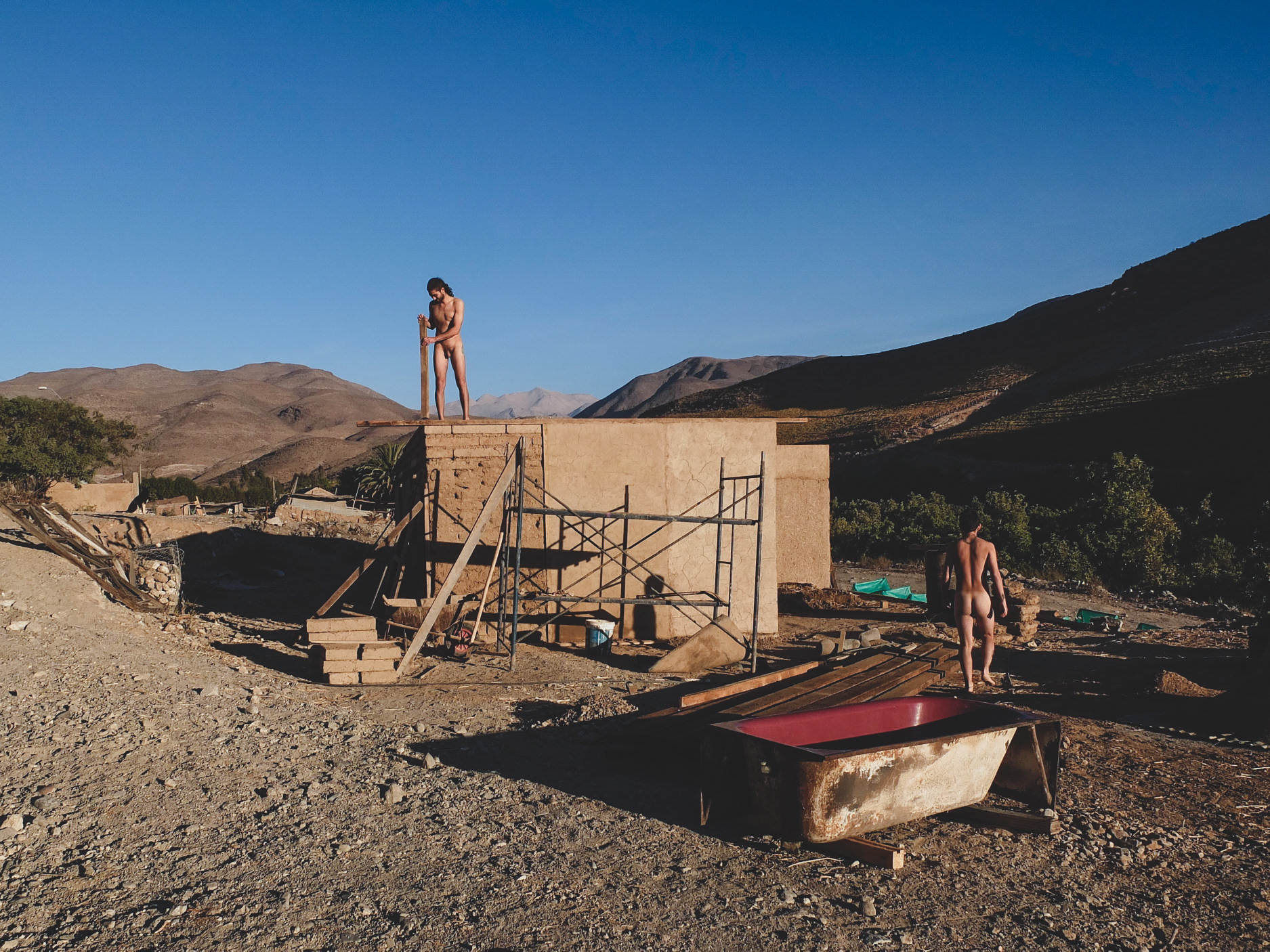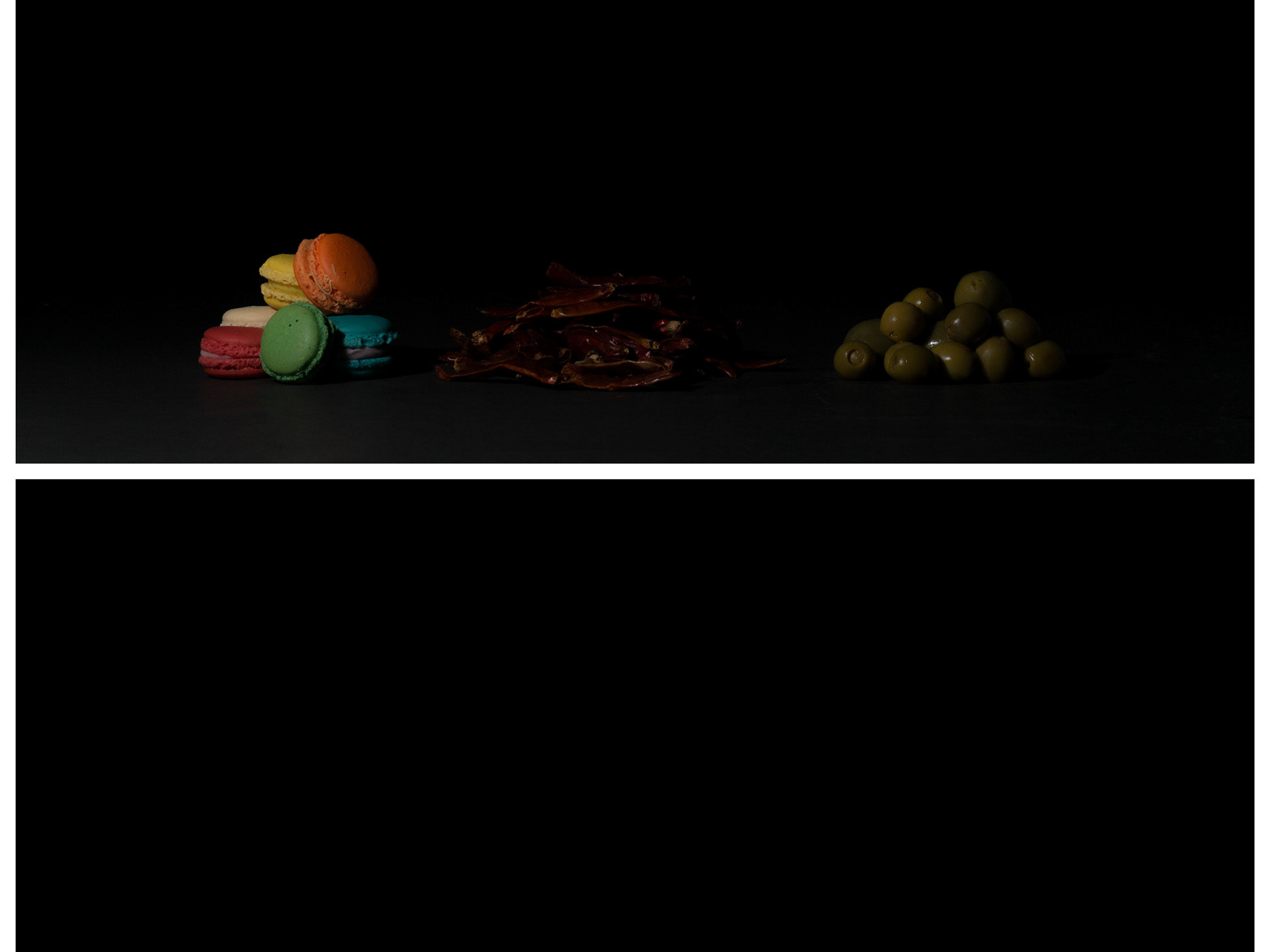Why build with cement if our environment offers us ecological materials? Nowadays, we talk about bio-construction, a relatively new concept referring to building systems with the least environmental impact, both in their construction and in their functioning as housing. However, this practice has its origins thousands of years ago when humans appropriated the materials offered by the natural environment to build houses. Vernacular (native) techniques for each bioregion are essential. The image and history of San Pedro de Atacama, Chile, are closely linked to its architecture. Its ancient adobe houses are a symbol of this centuries-old town.
Why use adobe? There are many benefits to this material composed of fermented mud and dung, plus wheat straw. The main one is its thermal inertia, which makes it possible to have cool houses in summer and warm ones in winter. All bio-construction techniques call for community work as a way of life, thus having a social impact. Eco-friendly construction has developed in response to the knowledge that buildings often have a negative impact on our environment and natural resources. This includes transporting materials hundreds or thousands of miles and the emissions of hazardous chemicals from poorly designed buildings that create and trap them.















